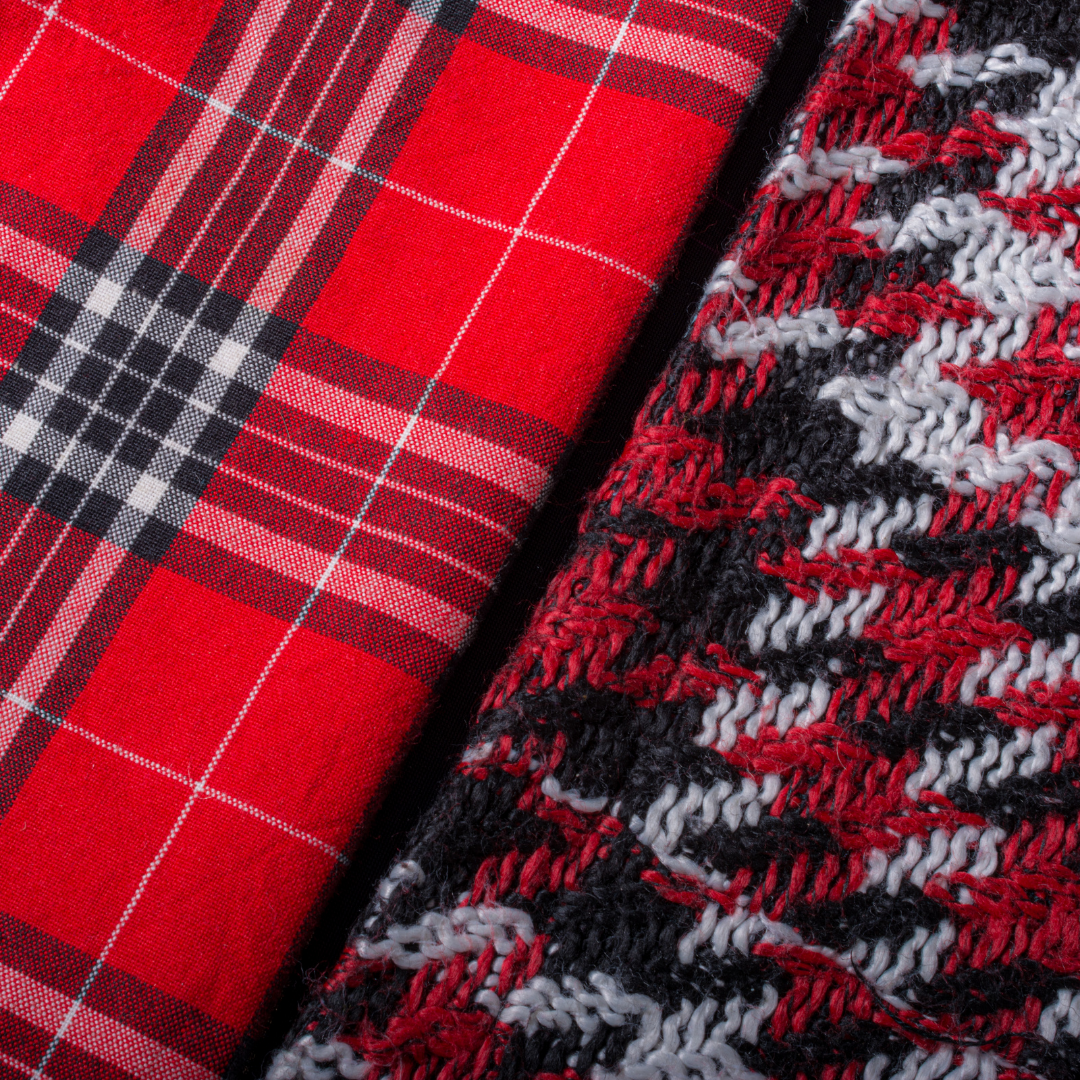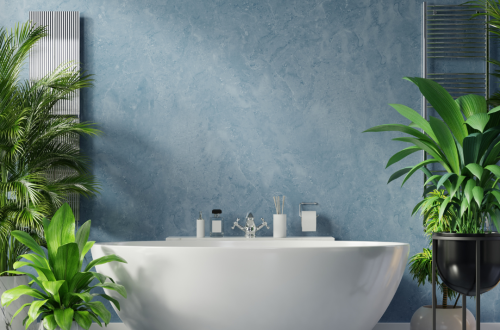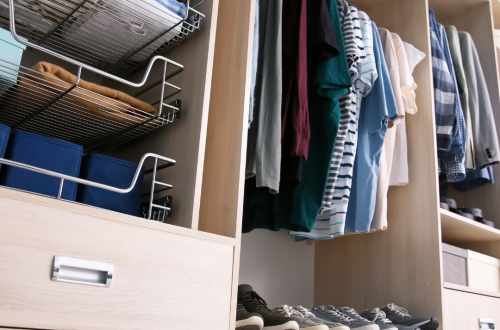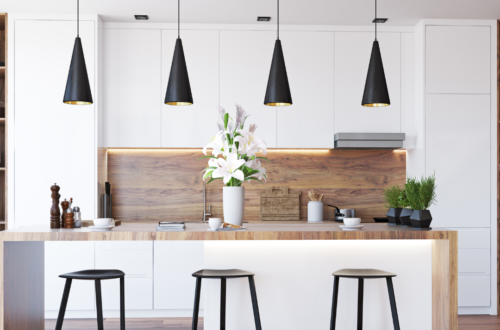If you’re thinking of pattern mixing in your home design, it is important to note that pattern mixing comes in many forms. You can choose to use a specific pattern or use various patterns so that the space looks cohesive.
Pattern Mixing 101 for Designers
Pattern mixing is a design technique that refers to the use of design elements from different sources. They might be found in various sources such as nature, architecture, or even technology.
Pattern mixing can be seen as a type of creative recycling. It is an interesting way to combine different elements and create something new out of them.
The term pattern-mixing was first used by designers in the 70s when designers began using designs from other fields such as architecture and nature to create their own designs, which were sometimes considered innovative at the time.
4 Easy Ways to Create an Effective Pattern Mixing
Pattern mixing is a simple way to create a unique style in your home design. It allows you to combine different patterns and colors without any restrictions. It also allows you to mix patterns from different eras and discover the latest trends.
Maybe the most important benefit of pattern mixing is that it creates connections in your space that are visually attractive as well as comfortable.
Pattern mixing can be applied in decorating, architecture, interior design, and even fashion. Pattern mixing can be used to create an interesting focal point or theme throughout a space with a single color palette. It can also help create contrast in the way elements like walls match furniture and objects within the room.
For instance, if you have just had a complete overhaul of your home, had it remodelled, new fixtures put in, or you’ve added an extension like a sunroom or conservatory through sunroom contractors in New Milford, CT, or wherever you are based, you probably are thinking of a new color design as well to fit in with the brand new space/spaces that complement your these areas without it looking too visually cluttered.
Designing a pattern mixing can be difficult. It requires the ability to see beyond the surface and think about what is in the design space.
We’ve compiled a list of some easy ways to create an effective pattern mixing that will work in your home design.
1) Line-Based Design: The use of lines can help bring order into designs with lots of details or busy patterns. This helps make pattern mixing easier because you’ll need a lot less color and texture variation to keep it from feeling cluttered and overwhelming.
2) Minimalism: Reduce complexity by using only one or two colors, limiting textures, or using shapes with large areas of white space within them like squares and circles instead of complicated patterns that may lack visual interest.
3) Layers: The easiest way to make your pattern more interesting is to create a layer with a different color and texture. For example, you can add a dark green layer on top of the dark blue pattern in the example below.
4) Play with color: If you want to create a pattern out of just two colors, choose one color for each wall or area that will act as a contrast for the other. This creates interest in the room without breaking up too many elements, and it’s easier to adjust than mixing different patterns into one room.
Let’s understand this with the help of an example. In bathrooms, geometric patterns like chevrons, argyles, and hexagons can add visual interest to tile, shower curtains, or wall decor. To help clients visualize these patterns, there are several design options that individuals can find in Bathrooms Ipswich with KBB East Anglia or similar design studios. They will often have sample boards showing various color and scale options. Sticking to two colors for these patterns makes them easier to incorporate. For instance, a white and gray chevron tile floor would coordinate well with solid white walls and chrome hardware and fixtures.
When choosing bathroom accessories, aim for items that complement the colors and shapes present in your chosen patterns. For instance, in a chevron-themed bathroom, opt for towels with a chevron pattern to create a cohesive look. Consider glass canisters for storing cotton balls and q-tips, featuring a silhouette that aligns with the hexagon floor tiles if you’ve chosen a hexagonal pattern. In an argyle-themed bathroom, round wall mirrors can enhance the circular shapes found in the print. To gain insights into selecting the right bathroom accessories and achieving a well-integrated bathroom design, visiting a Bathroom showroom london (if this is where you are located) can be a great idea.
When you’re using patterns, it’s a good idea to stick to just one or two so things don’t get too crowded. And leave some space without patterns, like plain white walls or simple fixtures, to give your eyes a break. The important thing is finding the right balance between patterns and plain areas.
In addition, you can also play with patterns when designing your pool. Mixing different colored tiles in cool patterns can make your pool look really cool and one-of-a-kind. Maybe you use bright tiles inside the pool but keep the edges more neutral, or you create funky designs with the tile patterns. If you’re not sure where to start, talking to pool design experts, like these premier pools & spas pool builders, can give you some great ideas on mixing tile colors and patterns to make your pool look awesome.
Tips for Successful Pattern Mixing Strategies
People often mix up two different patterns in their home décor without even realizing it. It leads to an unbalanced feel or poorly thought-out design choices. To avoid this, here are a few tips for successful pattern mixing strategies:
– Always think about the colors that you want to use. If you want a true black and white scheme, don’t choose any bright colors in your scheme
– There’s nothing wrong with black and white on its own – the problem is when one color dominates. Make sure you balance out your pattern with other colors of different shades/tones
– The more colors you have in your pattern, the more complicated it becomes to create a balanced scheme.
Conclusion:
Pattern mixing can be a powerful design tool that can increase your home’s visual appeal. However, it’s important that you consider the patterns you choose to work with and how they will decrease the overall design.
The first step is to understand what patterns are and why they exist in your space. This will help you decide what colors, textures, and shapes to put together.
Patterns come in many different shapes and sizes, from large patterns like wallpaper borders to smaller ones like an accent pillow. Whether or not you’re using larger or smaller patterned pieces is up to you – just make sure it enhances your design!






